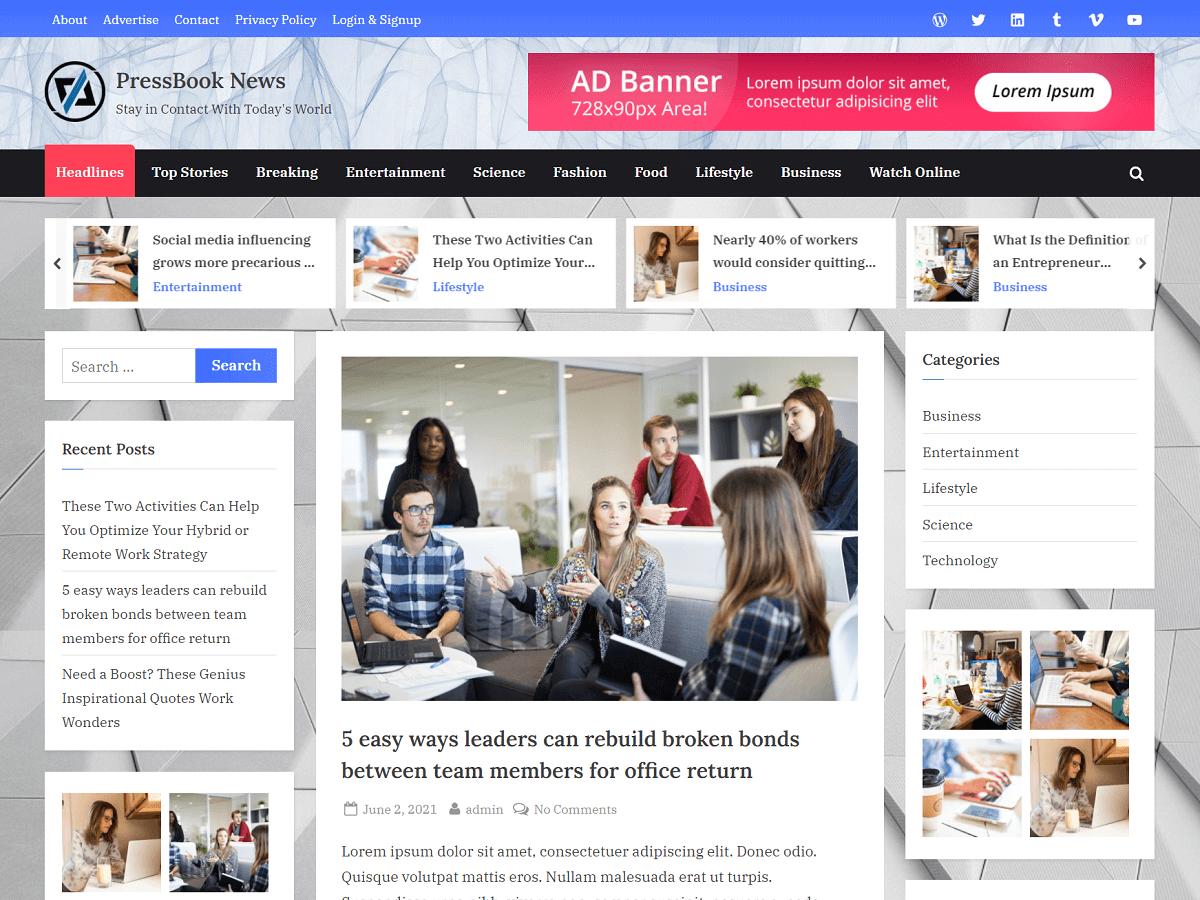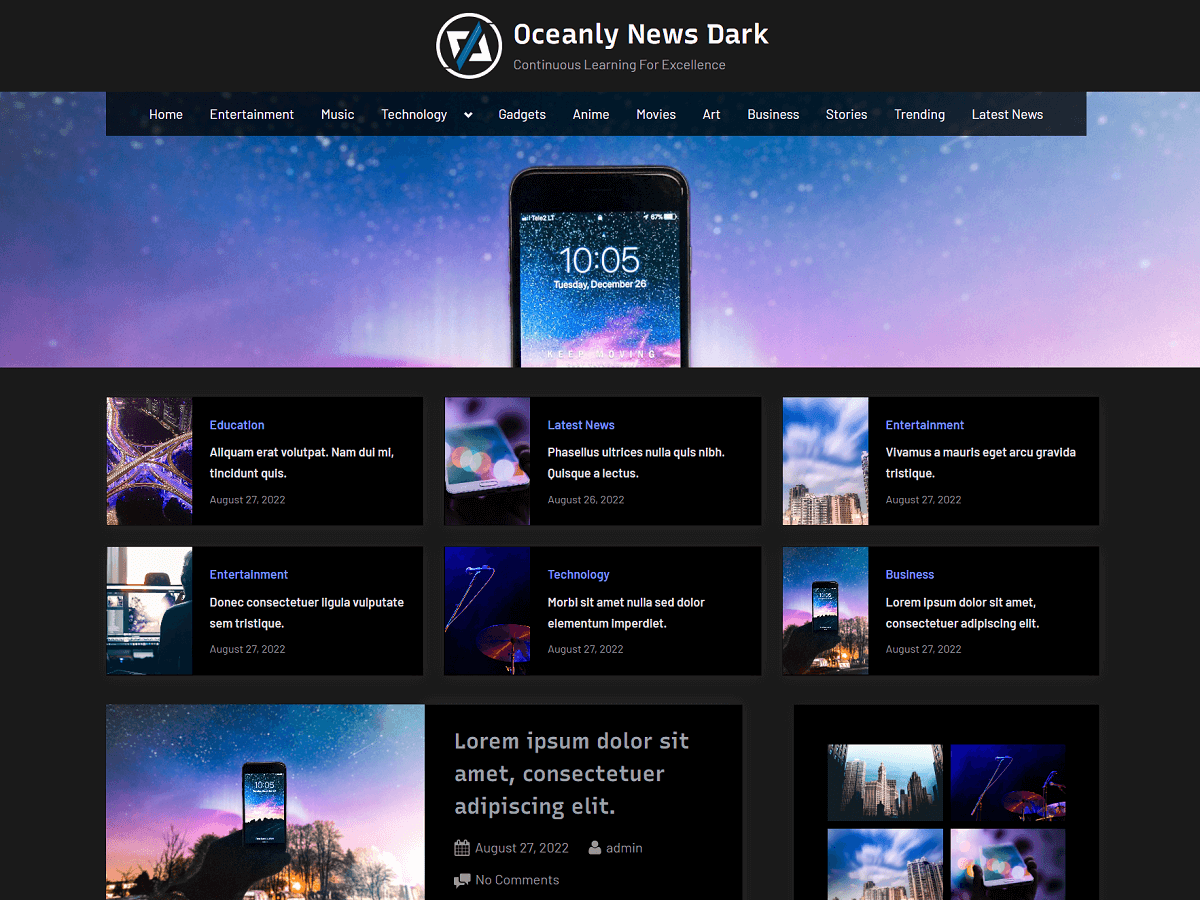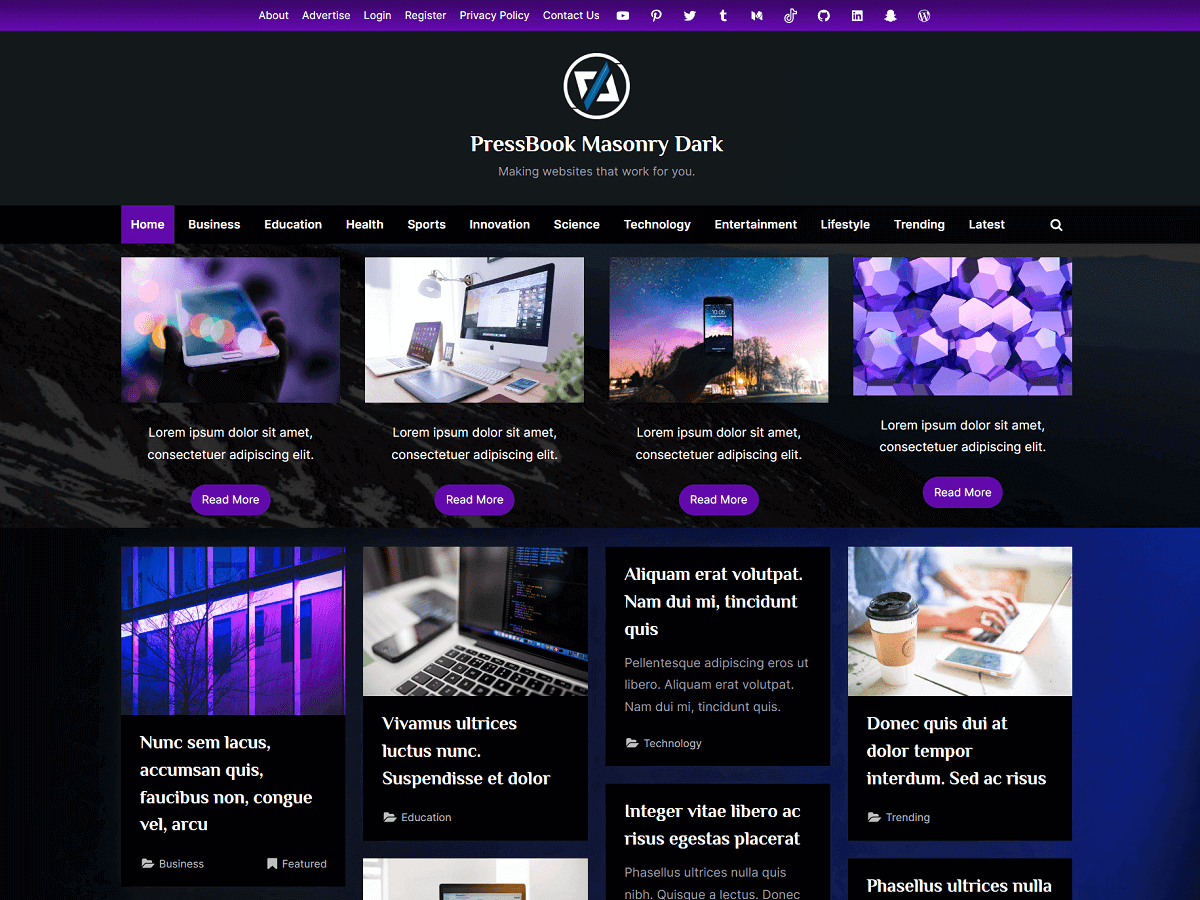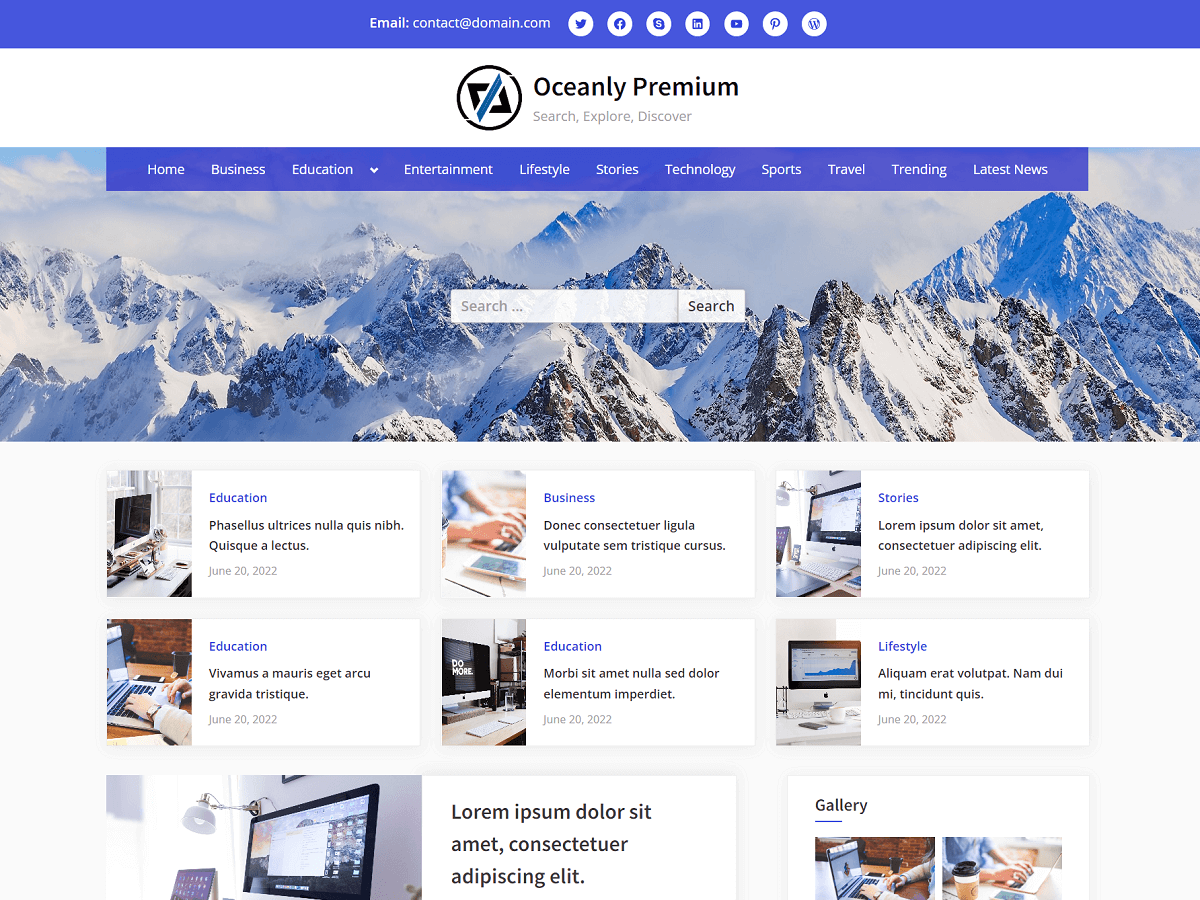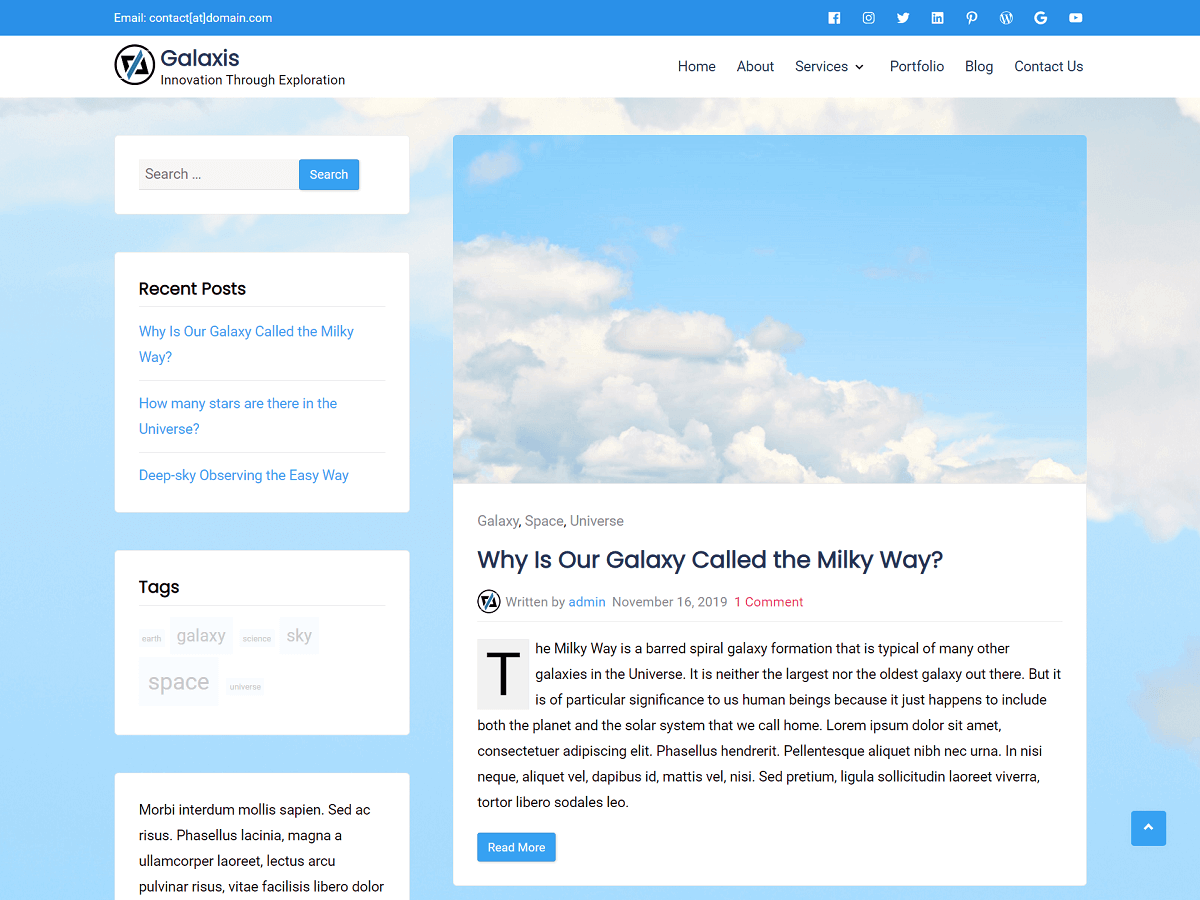In a fast-paced and technology-driven world, customers have more options than ever to research products, find information, and make purchases. From a business perspective, depending on just one marketing channel to reach its target audience is not sufficient for long-term viability. For a business to sustain and grow in the long run, it is crucial to adopt innovative marketing strategies. One such strategy is multichannel marketing.
In this article, we will explore the importance of multichannel marketing and discuss various strategies of multichannel marketing with practical examples that can benefit your business.
What is Multichannel Marketing
Multichannel marketing refers to the practice of reaching customers and prospects through various communication channels or platforms, both online and offline. It tends to promote a business’s products or services through diverse marketing channels simultaneously. These channels can include traditional mediums such as print, television, and radio, as well as digital platforms like social media, email, websites, and mobile apps.
The goal is to use multiple complementary channels in a well-integrated marketing program to create a consistent brand experience across all touchpoints and reach customers at different touchpoints throughout their purchasing journey.
Different Marketing Channels
Some key marketing channels that can be leveraged include:
- Website: An optimized company website is crucial as it serves as the foundation of any marketing strategy. It showcases your brand, products, and unique value proposition to customers in a visually appealing and user-friendly manner.
- Social media: Social media platforms like Facebook, YouTube, Instagram, Threads, X, LinkedIn, and Pinterest allow you to engage and interact with an audience or potential customers through text, visual, and video content. You can share content, run targeted advertising campaigns, and leverage influencer marketing to expand your reach.
- Email marketing: Email campaigns help you communicate special offers, promotions, and news directly to existing customers and prospects on your mailing list. Develop an email marketing strategy that includes newsletters, promotional emails, transactional emails, and automated email sequences.
- Search engine marketing: Use techniques like search engine optimization (SEO) and pay-per-click (PPC) ads to help your content rank higher on search engines. Partnering with PPC agencies can transform how your business approaches digital advertising. With expert campaign management, optimized ad performance, and insightful data analysis, you can achieve more impactful and measurable results.
- Mobile: More people access the internet on mobile phones. Having a mobile-optimized website and dedicated mobile apps is essential to reach customers anytime, anywhere.
- Direct mail: Direct mail campaigns can be effective for certain industries or when targeting specific demographics with a more tangible marketing approach.
- In-store: Promotional activities and signage inside physical retail stores can complement your other marketing efforts and drive in-store sales.
- Print media: Advertising in magazines, newspapers, booklets, journals, and other print publications can be an effective way to reach specific audiences, particularly in niche markets or local communities.
- Billboards: Strategically placed billboards in high-traffic routes or densely populated areas increase brand awareness and drive traffic to your website or physical locations.
- Events: Participating in or hosting events like trade shows, conferences, or community gatherings provides networking opportunities.
Why Multichannel Marketing Strategy is Important for Long Term Success
Multichannel marketing is an essential strategy for businesses of all sizes and industries. Diversifying marketing channels reduces dependency on any single channel. It spreads out the risk, resulting in a more robust marketing strategy that is less vulnerable.
For example, a business that relies solely on one channel, such as organic social media reach, is vulnerable to algorithm changes or platform updates that can impact its reach. It can diversify channels to include email marketing, paid advertising, and content marketing. The business can mitigate against potential losses due to changes in a single channel.
There are many other reasons why adopting a multichannel marketing approach is crucial for the long-term success and viability of any business:
Reaches Wider Audiences
Having various communication channels, you can reach more potential customers by using customer data platform. Furthermore, people consume information differently based on preferences, lifestyle, and demographics. With a multichannel strategy, your messaging connects with diverse target segments across multiple touchpoints.
Example: A furniture company could connect with architects and interior designers mainly through LinkedIn and trade publications. Also, they might reach out to millennial homeowners through Instagram and Facebook.
Similarly, a cafe might use multiple neighborhood Facebook groups as well as posters in nearby offices to establish itself among various target segments in the local community.
Expands Visibility Across Online and Offline Channels
One of the primary benefits of multichannel marketing is the ability to increase your online presence. It can also boost offline visibility through methods such as flyer/poster displays, billboards, sponsoring local events, or even distributing product samples to establish a personal connection with local customers.
Example 1: A clothing boutique can use Instagram to showcase new arrivals and engage with followers through comments and direct messages. They can also promote exclusive offers or giveaways and drive traffic to their online store.
Additionally, they can organize local fashion shows and participate in community fashion events. Collaborating with local fashion influencers can also help attract foot traffic to their physical store location. Moreover, an Instagram profile picture that reflects their brand can attract customers, create a strong visual identity, and make their brand stand out, helping them get noticed by their target market.
Example 2: A digital marketing agency can optimize a client’s website for specific keywords to improve its search engine rankings. It would lead to increased organic traffic and visibility.
Increases Brand Awareness
Maintaining a presence on different popular marketing platforms like search engines, social media, and a company website keeps your brand top-of-mind with current and prospective customers. When a business has a presence across different channels, it increases the chances of being discovered by new audiences. Consistent visible engagement across channels drives brand awareness over time which is crucial for long-term viability.
Example 1: Car manufacturer BMW maintains high search engine rankings and runs YouTube campaigns showcasing its luxury offerings. It also leverages Formula 1 races and test drives at auto shows as experiential marketing events to stay top-of-mind among performance car enthusiasts globally over long periods.
Example 2: A local bakery that promotes its products on social media, partners with food influencers for reviews on YouTube, and runs targeted ads on Google can attract customers beyond its immediate local area.
Provides Seamless Customer Experience
Customers navigate between different channels based on convenience at each step of their purchase journey. A synchronized multichannel marketing program allows them a seamless experience as they move from awareness to consideration to purchase stages across all touchpoints. This strengthens customer satisfaction and loyalty.
Example: Netflix personalizes recommendations on their platform based on users’ past viewing habits. Also, they send compelling emails encouraging members to explore newly added titles on their mobile app during travels.
Optimizes Resources and Budget
Developing optimized content for multiple channels requires a sizable team and financial investments. Small businesses need to prioritize channels based on available resources.
Rather than focusing resources on just one or two channels, multichannel marketing spreads investments efficiently to maximize return on investment (ROI).
You can A/B test various campaigns, track the effectiveness of each channel, and eventually optimize budget allocation based on results for the best outcomes.
Here are some key points to consider:
- Testing channel combinations: Testing different combinations of marketing channels allows you to find the most cost-effective mixes that drive the highest conversions.
For example, pairing email with social ads. - Focus on top-performing content: Analytics help identify the top-performing content types on each channel so future efforts focus on repetition and improvements in those areas. This strengthens impact without waste.
- Reduce duplication with consistency: Collaborating content creation across channels ensures consistency while reducing duplication of effort. Call-to-action messaging, for instance, can be tailored once and distributed widely.
- Budget accordingly to performance: Performance metrics reveal which channels deliver the most qualified leads over time. These channels deserve relatively larger portions of future budgets for maximum payoff.
- Build loyalty for recurring income: Multichannel followers tend to spend more and stay loyal to brands they regularly experience across multiple touchpoints. This recurring income helps budgets go further in the long run.
Adapts to Changing Consumer Behaviour
Digital platforms and devices evolve rapidly. Customer preferences are also transforming. Multichannel marketing is an ongoing process that requires continuous iteration and adaptation. With a multichannel approach, businesses can adapt to changes in consumer behavior, market trends, and channel dynamics more effectively.
Example: If you notice a significant increase in mobile traffic to your website, then optimize your mobile experience or explore mobile-specific channels like in-app advertising or push notifications. Similarly, if a particular social media platform is gaining traction with your target audience, allocate more resources and effort towards that channel.
A dynamic multichannel strategy equips you to quickly adapt messaging and promotions according to shifting trends. This futureproofs your business and maintains relevance as customer behavior changes over time.
Strategies for Effective Multichannel Marketing
With the importance of multichannel marketing understood, here are some effective strategies businesses can employ:
Integrated Campaigns
Design marketing activities keeping in mind customers moving between channels. As an example, a social media contest could drive entries to your website for additional chances to win. Or an email campaign may prompt recipients to check your Instagram page for more details. An integrated approach delivers a seamless omnichannel experience.
Consistent Branding and Messaging Across Channels
Maintain uniform visual identity, tone of voice, and positioning across all touchpoints to effectively relay your unique value proposition in a memorable and impactful manner.
In other words, your brand identity, messaging, and values should be consistent, regardless of the platform. Make use of consistent visual brand elements, such as logos, colors, tone of voice, and messaging across social media, websites, emails, and physical stores.
Consistency helps build brand recognition and trust with customers over the long run.
For example, Apple is known for its consistent branding, with the iconic Apple logo and minimalist design present across all its channels.
Manage Expectations
Customers exposed to a brand across many channels may expect similarly rich experiences everywhere instantly, without understanding limitations. However, over time challenges reduce as a team acquires expertise in managing resources efficiently and technologies improve unification capabilities.
Overall, a well-planned multichannel strategy empowered by the right tools, skills, and oversight can overcome obstacles and establish a solid growth trajectory for businesses.
Channel-specific Content Strategy
Content plays an important role in multichannel marketing. It serves as the fuel that drives engagement and conversions across various channels.
- Create a content calendar to outline the types of content you will produce, the channels you will distribute it on, and the frequency of publishing.
- Leverage data to serve highly personalized and relevant content across channels based on profile, location, purchase history, etc. Personalization improves the user experience and loyalty through more meaningful engagements.
- Tailor content to suit the nuances of each channel for maximizing engagement and impact. Longer-form content may be effective for email marketing or blog posts, while shorter and visual content may work well for social media platforms. Here, make sure to also maintain a consistent brand voice.
For example, a fashion retailer may create visually appealing and trend-focused content for Instagram, while focusing on informative blog posts and product guides for its website to cater to different audience preferences on each platform.
Set Clear Goals for Each Marketing Channel
Define your marketing goals and objectives for each channel you plan to utilize. The goals can be to increase brand awareness, drive website traffic, generate leads, or boost sales.
Having specific goals will allow you to measure the success of each channel. Then, you can make data-driven decisions to optimize your marketing campaigns.
Leverage Automation and Analytics
Marketing automation platforms help you automate repetitive tasks, personalize customer experiences, and deliver targeted messages across different channels.
Additionally, utilize analytics tools to track and analyze data from various channels, such as website traffic sources, social media engagement, email open rates, etc. With analytical data, you can optimize your campaigns, identify areas for improvement, and make data-driven decisions to improve the effectiveness of your multichannel marketing strategy.
Leverage Advanced Reporting Technology
Multichannel marketing allows businesses to implement advanced reporting technology to track insights into Lifetime Value (LTV), the performance, and return on investment (ROI) of their marketing efforts across different channels.
- Tracking Performance and ROI
- Implement custom tracking links to identify the source of incoming leads and attribute them to specific channels.
- Example: An e-commerce retailer can use Google Analytics to analyze website traffic, monitor bounce rates, and identify the most profitable marketing channels for driving conversions and the cost per acquisition (CPA) for each channel.
- Understand Lifetime Value (LTV)
- Analyze customer behavior patterns, purchase history, and average order value to determine the lifetime value of different customer segments.
- Segment your customer database based on LTV. It allows you to prioritize marketing efforts toward customers with higher potential profitability.
- Develop loyalty programs or personalized marketing campaigns to build long-term relationships with high LTV customers.
- Example: An online subscription box service can analyze customer purchase history and identify high-LTV customers who consistently make large orders or have long subscription durations. They can then create special offers or loyalty rewards to retain and further engage these customers.
Seamless Integration and Omnichannel Experience
To provide a seamless experience, integrate all your channels effectively. This includes synchronizing customer data, having a consistent user interface, enabling cross-channel communication, and smooth transitions between channels.
For businesses operating in the manufacturing and retail sectors, multichannel marketing software can be particularly valuable. These solutions allow businesses to synchronize inventory, pricing, and promotions across various channels. This integration can help to minimize errors and improve operational efficiency.
An omnichannel approach goes a step further by allowing customers to switch between channels without losing their progress. For example, a customer can start browsing on a mobile app and continue the journey on a desktop version of the website.
Cross-Channel Remarketing Strategy
An online retailer could implement cross-channel remarketing by showing personalized product ads to customers who have visited their website or added items to their cart.
These product ads could be displayed on social media platforms, search engine results, and relevant websites. This consistent reminder of products or services they showed interest in helps to re-engage potential customers.
Advanced Multichannel Marketing Tactics
There are advanced multichannel marketing tactics that businesses can adopt.
- Chatbot integration enables brands to provide instant assistance and personalized recommendations to customers.
- Augmented reality experiences redefine product interaction. It can visualize products in real-world settings before making purchasing decisions.
- AI-powered personalization uses AI tools to customize content for various marketing channels with unique content requirements. This enables brands to adjust the content and offer exclusive discounts or rewards based on individual preferences.
- Voice search optimization ensures that products and services are easily discoverable through voice-activated search assistants.
For example, imagine a furniture retailer implementing these strategies:
- They could deploy a chatbot on their website and social media platforms to assist customers with selecting the perfect furniture pieces for their homes. It could offer personalized recommendations based on style preferences and room dimensions.
- Using augmented reality, they could allow customers to virtually place furniture items in their living spaces to see how they fit and complement existing decor.
- AI algorithms could analyze customer searches, viewing history, and interactions to deliver suitable promotions and product suggestions.
Showcase Reviews and Testimonials Across Channels
Online reviews and social proof have an enormous impact on purchase decisions, especially for new customers unsure about trying a lesser-known brand for the first time.
Showcasing real reviews and testimonials from past happy customers is an effective way to build trust and credibility as part of your multichannel marketing activities. You can ask loyal clients for written or video testimonials to share on your site, social profiles, and other owned channels. Additionally, actively managing profiles and responses on third-party sites such as Google, Facebook, and Trustpilot is important. Negative reviews do happen. Be prompt and polite in your responses to turn frustration into satisfaction.
Over time, showcasing authentic social proof across all relevant platforms and touchpoints boosts confidence for visitors and supports more sales.
Conclusion
For any business aiming to sustain viably, multichannel marketing is no longer an option but a necessity to engage modern customers. A business ignoring multichannel marketing or failing to keep pace risks becoming outdated and irrelevant very quickly.
On the other hand, the consistent visibility, engagement, and conversions achieved through an integrated multichannel strategy lay the foundation for the resilient long-term success of a business, even amid industry disruptions.




